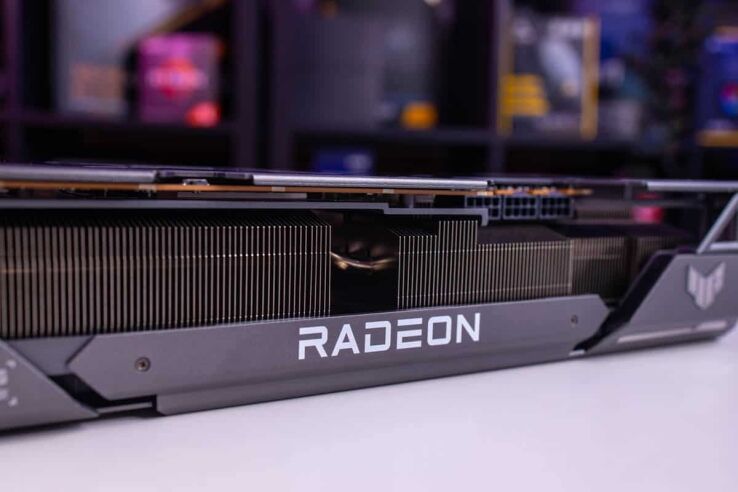What resolution is best for gaming FPS?
Planning out your setup, resolution is an important feature for your monitor

WePC is reader-supported. When you buy through links on our site, we may earn an affiliate commission. Prices subject to change. Learn more
In video gameplay, the best size of resolution to achieve FPS (frames per second) is determined by the specifications of your computer and your personal preferences. But what resolution is best for gaming FPS?
Generally speaking, lower resolutions tend to provide more FPS and smoother gameplay. 1080p is the most frequently used resolution for gaming since it is a good balance between quality and performance.
The majority of mid-range or top-end graphics cards can play 1080p games easily, which makes it the most preferred resolution in eSports games too.
With 1080p resolution, you can expect to get the highest FPS and the smoothest gaming experience when playing the most popular games.
Resolution 1440p gives higher clarity and image quality when compared to 1080p. However, 1440p requires more horsepower in your hardware for optimal performance.
Thus, while it may produce stunning visuals in certain games that require 1080p, your frame rate may drop lower than with 1440p. Nonetheless, those who prioritize image quality over quantity should find this resolution an ideal option.
4K gaming offers the sharpest and sharpest graphics available but requires powerful hardware to maintain an impressive frame rate.
Therefore, 4K gaming should only be considered by those with the most modern hardware who desire the highest-quality visuals at any cost, even if that means sacrificing some FPS.
Alongside resolutions, other elements like graphics quality settings and the game being played can affect FPS as well. For instance, turning on anti-aliasing or other graphics effects may reduce FPS while decreasing settings for shadows and textures may increase it.
Finally, the optimal resolution for FPS gaming is going to be the smallest one. 1080p is easiest to run and gives you the most frames, or even lower.
Whilst FSR, RSR, and DLSS offer even better performance on higher resolutions. So you can get a higher performance on a bigger resolution.